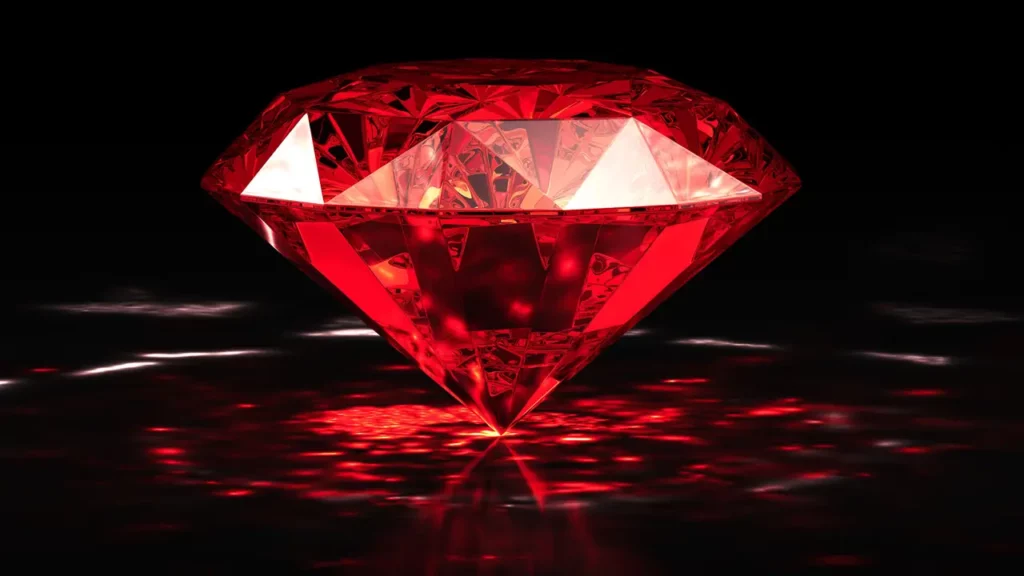
The earth’s rarest and most difficult-to-manufacture materials, which also tend to be among its most valuable, command the highest prices because of the challenges they provide in production. Yet, the potential for illegal activity associated with the purchase and sale of specific products causes the value of those materials to be significantly higher.
The value of pricey substances is subject to consistent shifts over time due to the fluctuating availability of rare materials and fluctuating demand for those materials. Elements such as helium are very affordable, but if the world’s supply of helium continues to diminish as it is forecasted to, then the market value of this elemental gas may experience an increase.
The list of the most expensive materials on earth is now topped by rare earth elements like platinum, priceless gems like diamonds, illegal substances, and innovative materials that are both hazardous and difficult to produce.
These substances have one thing in common: they are in high demand but have a limited supply. The only exceptions to this rule are the chemicals that have been made illegal in the vast majority of countries throughout the world.
Here you will find the 13 most expensive materials in the world, but legal ones only.
1. Stone Taaffeite

The taaffeite stone was only recently recognized as a gemstone by its collectors. It is one of the rare gemstones and looks appealing because its colors span from red to purple, even though there are fewer than ten red taaffeite stones known to exist. The price per gram for this unique diamond is $20,000.
It was discovered by Richard Taaffe. Therefore, it was named after him. Taaffeite was initially found to weigh 1.419 carats; a portion of this weight was examined, and the remaining material was recut into a gem weighing 0.55 carats.
The mineral Taaffeite is the first to possess both magnesium and beryllium. Moreover, it exhibits the double refraction feature. Taaffeite was found in quantities filling about half a cup in volume.
2. Painite

Another exotic and pricey substance you have probably never heard of is painite. It is an unusual mineral found in red, pink, or brown shades.
It was first discovered in Burma in the 1950s by British mineralogist and gem trader Arthur C.D. Pain, who mistook it for ruby. After it was realized that this mineral was a previously unidentified species, it was given a name.
Painite is so rare its per-carat price can range from $50,000 to $60,000. However, recent finds in the Mogok area of Burma promise to reduce its scarcity eventually.
3. Diamond

Diamonds are not particularly scarce but are the most expensive gemstone due to their beauty and worth. Some diamonds have an age of 3.2 billion years and are $55,000 per gram. For centuries, people have admired natural diamonds for their rarity and value. They are the hardest material on Earth, with a hardness of 10 on the Mohs scale and between 70 and 150 GPa on the Vickers scale.
Blue diamonds, for example, sell for an average of $26,280 for a half-carat stone, while a 0.25-carat stone of deep blue or brilliant blue might go for as much as $75,000. Blue diamonds with a high carat weight can fetch upwards of $4 million per carat.
These rocks were formed under tremendous heat and pressure deep within the Earth’s crust and upper mantle. Rare blue diamonds are only discovered in Australia, South Africa, and India. Their blue hue is due to the presence of boron.
Because of their durability, synthetic diamonds have found widespread use in industry instead of their natural counterparts. Artificial substitutes are also far less expensive. Diamonds are one of the most popular gems for use in engagement rings.
4. Antimatter

A substance made up of antiparticles, which have the same mass as ordinary matter particles but opposing charges, is known as antimatter. It would take 25 million billion kilowatt-hours to produce 1 gram of antimatter.
When antimatter and matter particles interact, they destroy one another and generate enormous amounts of energy. This could serve as a source of propulsion for extraterrestrial or intergalactic travel. Moreover, matter-antimatter interactions are useful in medical imaging techniques like Positron Emission Tomography.
Producing one milligram of positrons (which ia antimatter) costs $25,000,000. Future spacecraft could run on antimatter as fuel. Nevertheless, its manufacture has a problem: it takes the human race to work nonstop for roughly a year to produce just one gram of this.
Antimatter is by far the most expensive material on earth. It can only be produced in minute quantities large enough for physicists to analyze with today’s most cutting-edge technology, such as CERN. Science fiction has played a significant role in popularizing antimatter because of how destructive it can be when combined with conventional matter.
If antimatter existed today, it would be worth around $80 trillion per gram.
5. Californium
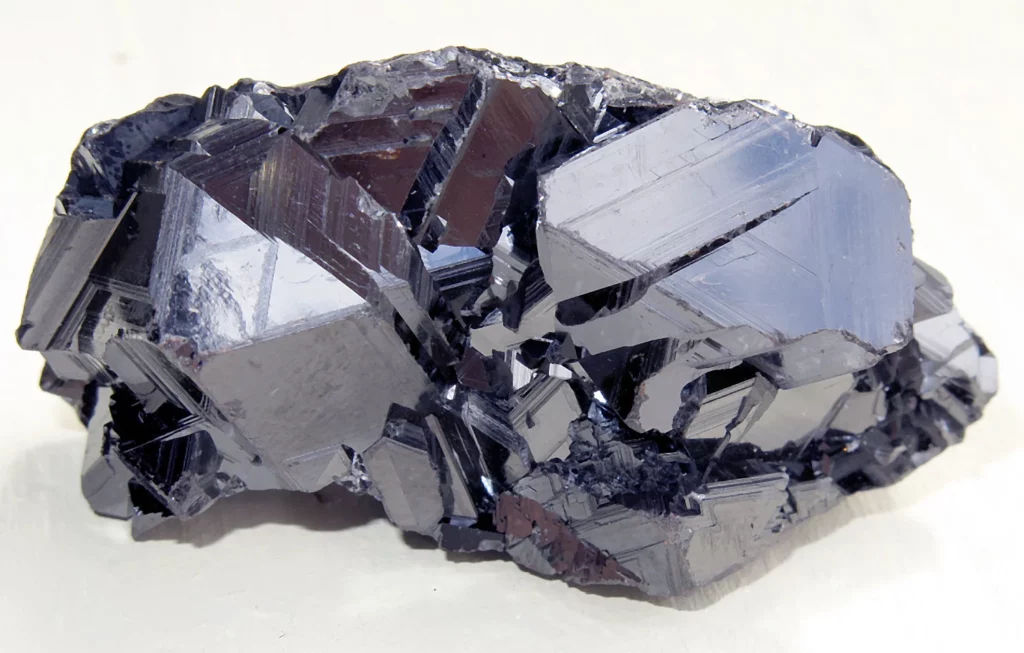
Californianium is the most costly chemical element. One gram of this substance costs $27 million. Devices used in oil wells that contain layers of water and oil use the Californium isotope. A radioactive element called Californium was created for the first time in 1950 at the University of California Radiation Laboratory.
It cannot be produced naturally on Earth; a particle accelerator or nuclear reactor is required. While nearly insoluble in water, the element sticks nicely to ordinary soil.
The amount of Californium needed to produce 170 million neutron particles per minute is just one microgram. To find silver and gold ores, it serves as a neutron source. Also, it is utilized in neutron moisture gauges, which aid researchers in locating layers in oil wells that contain water and oil.
6. Platinum

Platinum is an uncommon metal with a silvery steel hue that is highly resistant to acids, alkalis, and other substances. This substance is primarily used to make jewelry. Platinum is priced at $60 per gram. Platinum can be ingested in anti-cancer medications, worn as jewelry, and used as a scientific research catalyst.
Platinum is the least reactive metal with excellent corrosion resistance, even at high temperatures. It is commonly found as natural platinum, chemically uncombined.
Platinum is used in jewelry and ornamentation, just like gold. Moreover, it makes laboratory and dental equipment, electrodes, platinum resistance thermometers, and catalytic converters. Certain platinum-containing substances, such as cisplatin and carboplatin, are used in chemotherapy to treat cancer.
Platinum is used in jewelry, motors, chemical processes, wiring, dentistry, and electrodes, like rhodium and gold. Platinum doesn’t melt in hydrochloric or nitric acid or oxidize in the air. After being utilized in Egyptian jewelry as long back as 1200 B.C., this element was unearthed in 1735.
7. Saffron

Saffron is a blooming plant used in natural therapies for various conditions, including depression and irregular menstrual cycles. Even though saffron is not even quite close to being considered one of the rarest elements on Earth, we have included it on our list.
This is because it develops in the center of a crocus flower, a crop that requires much manual labor. Only one pound of saffron can be harvested from around one acre covered in purple crocuses.
The Indian, European, and Turkish culinary traditions use saffron extensively. There is some circumstantial evidence to suggest that saffron may be beneficial in the treatment of major depressive illness. Moreover, it may assist in alleviating the signs and symptoms of premenstrual syndrome.
Real saffron can cost you over $10,000 per kilogram.
8. Grandidierite
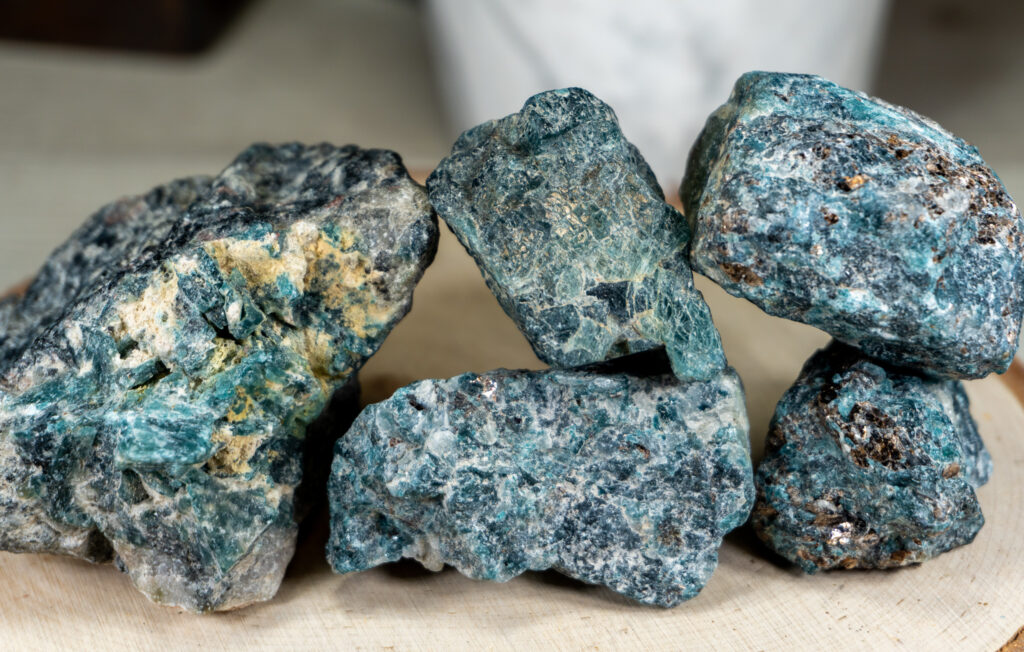
The first specimen of grandidierite was discovered in southern Madagascar in 1902. The name of the mineral honors the French explorer Alfred Grandidier (1836–1922), who traveled to Madagascar and examined the island’s natural history. The name of the mineral memorializes him.
The mineral’s color becomes bluer when the grandidierite’s iron (Fe) content increases. The recently discovered gemstone blue ominelite is the Fe-analogue (Fe, Mg) of the mineral known as grandidierite (Mg, Fe).
It can appear colorless, dark green, or sometimes a very pale yellow depending on the angle at which it is viewed. On the Mohs scale, grandidierite receives a score of 7.5, which indicates that it is complicated to scratch. Rare indeed are specimens of grandidierite that feature substantial amounts of translucent faceting.
The Gemological Institute of America (GIA) reports that 763.5 carats is the weight of the largest cut specimen. Grandidierite costs up to $20,000 per carat or even more.
9. Rhodium

Rhodium is a noble metal that can be mined alongside other platinum group metals from platinum or nickel ores. The element outperforms platinum, including hardness, durability, reflectivity, density, and heat resistance.
A three-way catalytic converter made of rhodium is a common component in modern automobiles. It is typically alloyed with palladium due to its scarcity and corrosion resistance. White Gold is sometimes plated with a thin layer of Rhodium to improve its beauty further. Rhodium detectors are used to measure neutron flux in nuclear power plants.
South Africa is home to over 60% of the world’s rhodium reserves. White in color, this platinum family metal has a lower density and higher heat resistance than platinum in addition to superior durability, hardness, and reflectivity.
Rhodium costs $260 per Gram as of the time this article was written.
10. Gold
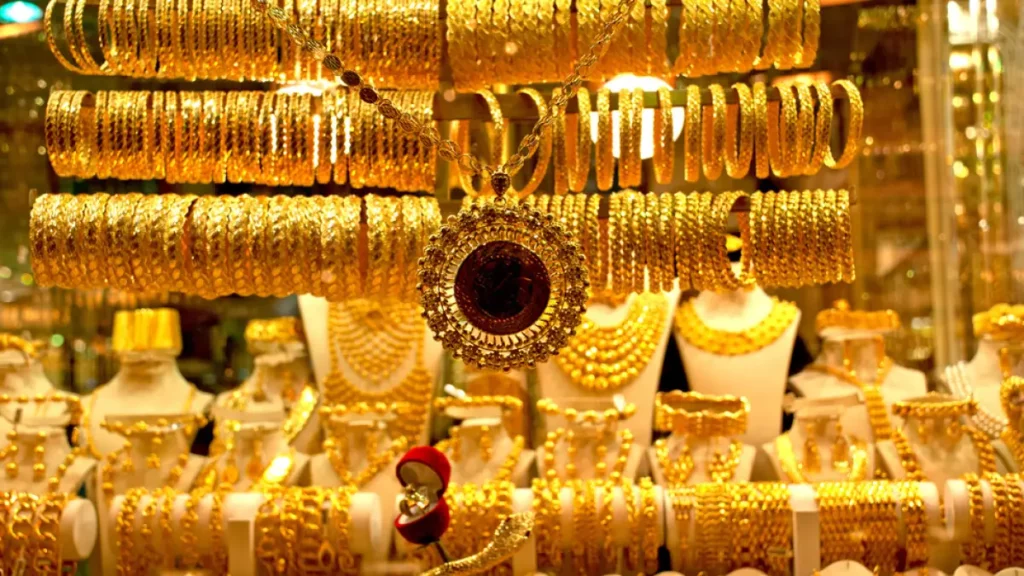
Gold is one of the metal elements that most frequently occurs in its elemental form and is a dense transition metal. It is also one of the least reactive metal elements. A total of 205,238 tonnes of gold have been discovered above ground as of the year 2022.
It is utilized in various ornamental, artistic, and jewelry applications. Gold was commonly exchanged for other forms of cash before 1976. It is also utilized in a variety of electronic applications due to the high conductivity it possesses.
Certain gold salts are used as anti-inflammatory agents in the medical field. In addition, it finds application in manufacturing color glass, gold leafing, dental implants, and infrared shielding materials. The ancient metal can be utilized for various purposes, including electrical conductivity and corrosion resistance, and its use in the jewelry industry.
Gold costs $64 per Gram as of the time this article was written.
11. Red Beryl

In 1904, red beryl was first referred to as a natural occurrence. Because it is so uncommon, it has only been discovered in a few places, specifically Utah and New Mexico.
Rhyolites that include topaz can also contain red beryl in trace amounts. They are generated by crystallizing under low pressure and high temperature from a pneumatolytic phase along fractures or within near-surface cavities of the rhyolite.
This process takes place under conditions of high temperature and low pressure. The diamond is slightly more complex than the crystal, but the crystal is considerably rarer. It is utilized in the production of jewelry.
Red beryl is thought to be a thousand times more valuable than gold. Fine, gem-quality crystals weighing more than one carat can cost up to $20,000 in the market.
12. Poudretteite

Poudretteite is a rare mineral discovered in 1965 in the Poudrette quarry in Quebec, Canada, where it gets its name. It is a member of the beryl family composed of beryllium, aluminum, silicon, and oxygen. Poudretteite is known for its unique pink color, which is caused by the presence of manganese in its crystal structure.
Due to its rarity, poudretteite is highly sought after by collectors and gemstone enthusiasts. It is primarily found in Canada and Myanmar, although other deposits have been discovered in Madagascar and Tanzania. It is a relatively soft mineral with a Mohs hardness of 5-6, making it unsuitable for jewelry subject to frequent wear.
Despite its rarity and beauty, poudretteite remains a relatively unknown gemstone. Its limited availability and high cost mean it is primarily reserved for collectors and connoisseurs of rare gemstones. It costs around $3,000 per carat.
13. Tritium

Tritium is a radioactive isotope of hydrogen with the symbol H-3, consisting of one proton and two neutrons. It is produced naturally in the Earth’s upper atmosphere through the interaction of cosmic rays with atmospheric gases and can also be produced artificially through the irradiation of lithium.
Tritium is most commonly used in nuclear weapons and nuclear energy production. Tritium has several unique properties that make it useful in various applications. It emits low-energy beta particles that are easily shielded, making it relatively safe to handle.
Additionally, tritium has a short half-life of about 12 years, so it decays relatively quickly and does not pose a long-term radiation hazard. Tritium has a number of practical uses, such as in self-luminous watches, exit signs, and emergency lighting, where its low-energy beta emissions can produce a visible glow without the need for an external power source.
Tritium is also used in some types of nuclear batteries, where its radioactive decay can produce a small but steady amount of electrical power over a long period. It costs around $30,000 per gram.
Conclusion
The world is full of rare and expensive materials that are highly valued for their unique properties and scarcity. From precious metals like gold and platinum to exotic substances like antimatter and diamond, the cost of these materials is often determined by their availability, purity, and demand in various industries.
While some of these materials have practical applications in fields like medicine, technology, and energy, others are coveted primarily for their aesthetic or symbolic value. Despite their high cost, these materials continue to fascinate and inspire people around the world.
Tell us in the comments section below, which one do you like the most?


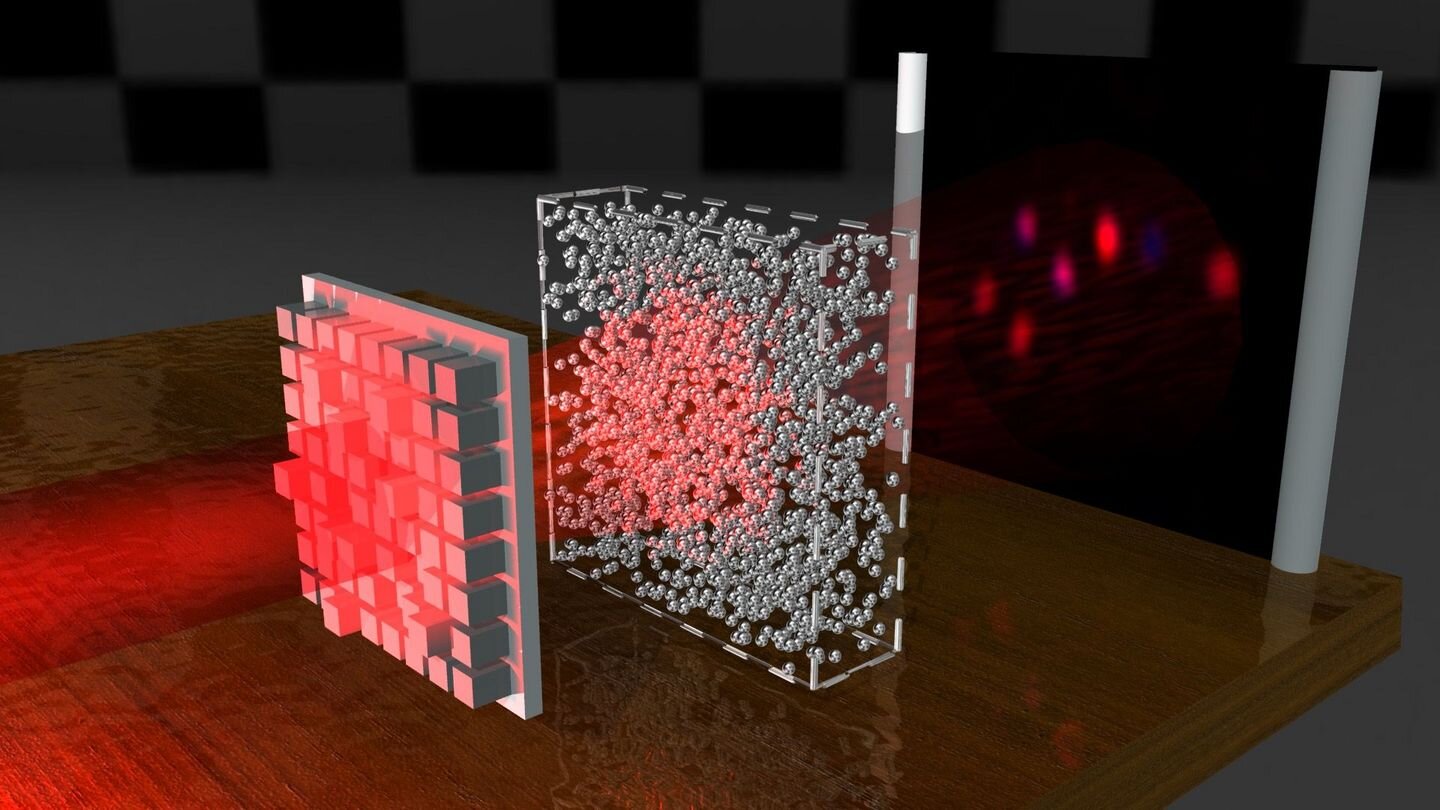


Astatine is the most expensive (by weight) thing you can buy today.